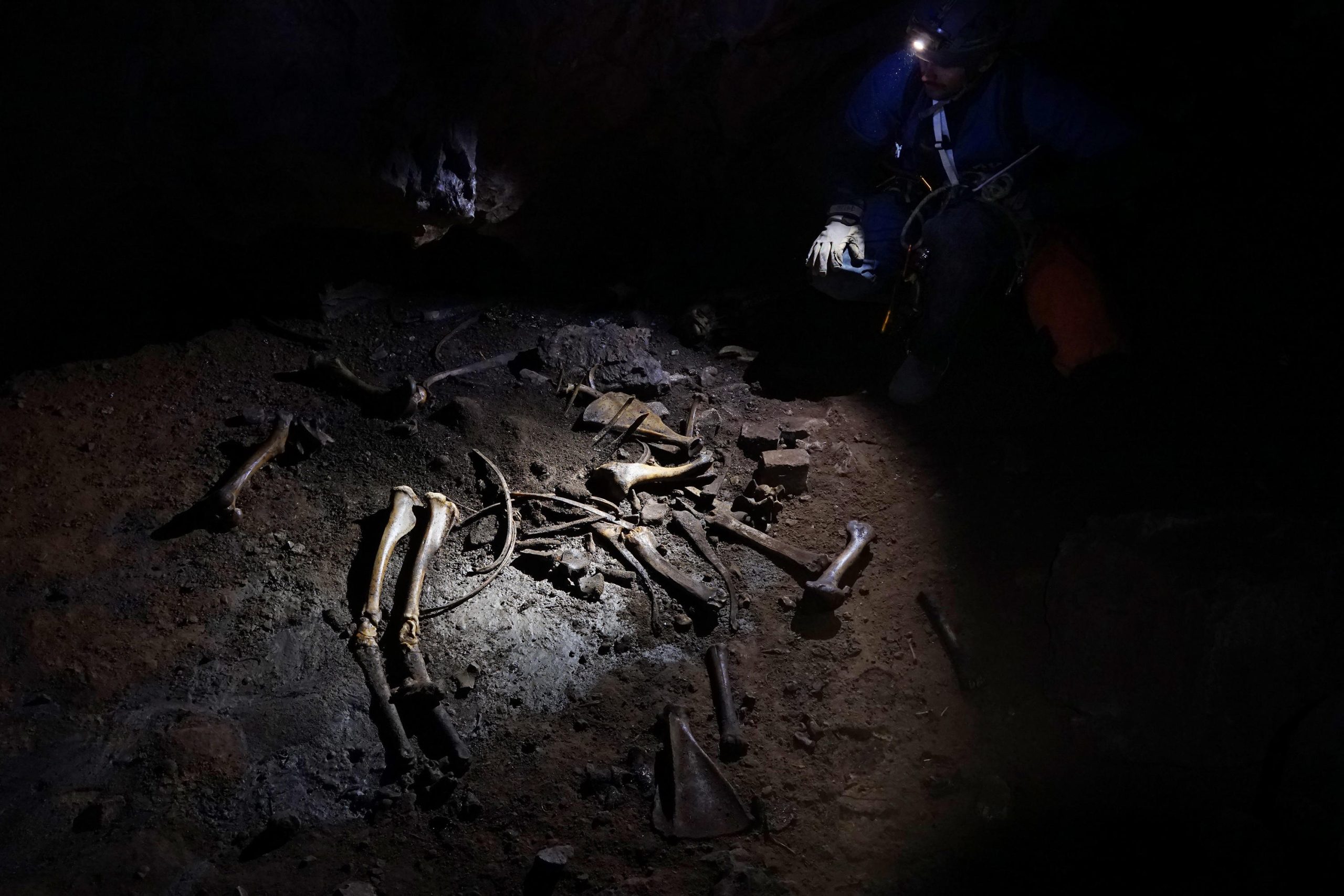NHMU’s chief curator, Dr. Tyler Faith, leads a team in examining elk bones at the Skeleton Cave in Utah’s Uinta Mountains. Bones from the site were collected for research, but the elk skeleton was left in place, as it gives the cave its name.
In a freshly published study, NHMU scientists utilize cave data to establish new climate standards that impact mammal populations. This marks the first research from NHMU’s collaborative fieldwork effort, involving scientists and Utah’s caving community.
The journal article uncovers the significance of caves as research archives and shares insights from Boomerang Cave in northern Utah, highlighting the value of skeletal remains in accessing recent past data from alpine communities.
Dr. Faith and his dedicated team delve deep into Utah’s caves to obtain bones of various animals who perished there, aiming to understand the diversity and population of mammal species in the area. This unconventional exploration was made possible thanks to a partnership with Utah’s caving community.
Fossils found in Boomerang Cave span the past 3,000 years and reveal the presence of species unknown to the region, such as the Merriam’s Shrew. This study signifies the value of skeletal remains from caves as a precise method for understanding changes in mammal communities.
In wrapping up their study, Faith, Irmis, and O’Brien credit Utah’s caving community for their role and reiterate the significance of citizen science in advancing research and fostering relationships between NHMU and the public.


